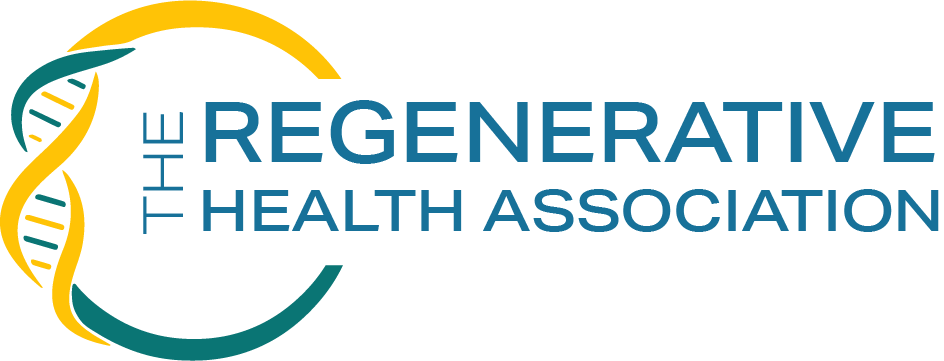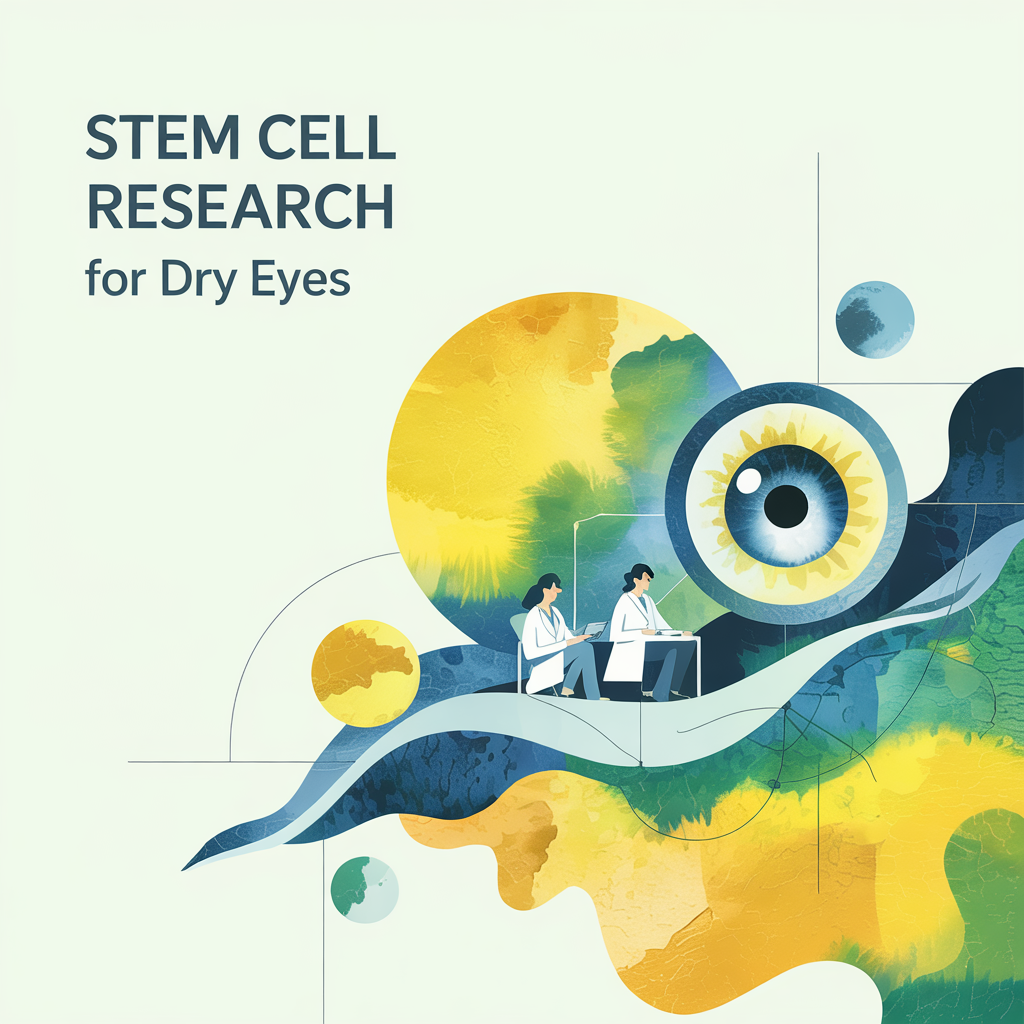The Meibomian glands, located in the eyelids, are essential for maintaining eye health by secreting meibum—a lipid-rich substance that prevents tear evaporation. However, with aging, these glands shrink, leading to evaporative dry eye disease (EDED), a widespread yet poorly treated condition. Until now, the mechanisms behind this decline were not fully understood.
A study published in Nature Communications sheds light on the underlying causes of Meibomian gland aging. Using advanced techniques such as single-nucleus RNA sequencing (snRNA-seq) and in vivo lineage tracing in mice, researchers identified distinct stem cell populations responsible for maintaining different glandular regions. The study highlights the crucial role of Hedgehog (Hh) signaling in stem cell proliferation. Interestingly, while aged glands exhibit reduced Hh and Epidermal Growth Factor (EGF) signaling, human Meibomian gland carcinomas show increased Hh activity, suggesting a complex regulatory balance.
Additionally, the study reveals that aging Meibomian glands suffer from deficient innervation and the loss of collagen I in niche fibroblasts, further impairing their regenerative potential. These findings suggest that both glandular epithelial cells and their surrounding microenvironment contribute to age-related degeneration.
By identifying these molecular and cellular changes, the research opens new avenues for developing therapies aimed at restoring Meibomian gland function, potentially alleviating the burden of evaporative dry eye disease in aging populations.


